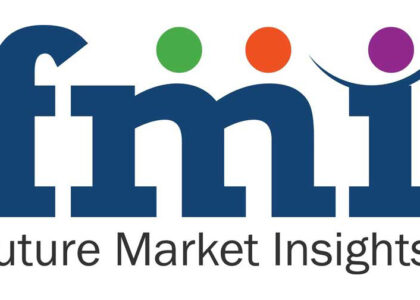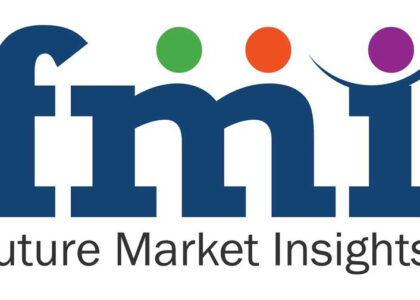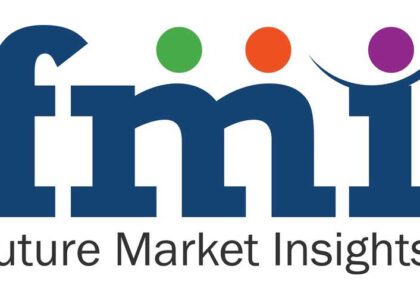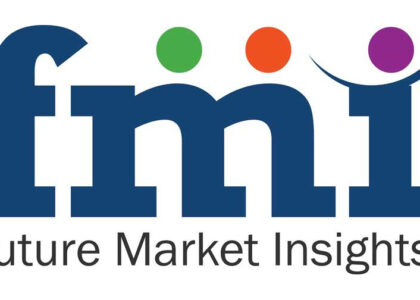
The global ureteral stent market is on a trajectory for substantial growth, with projections indicating a remarkable rise from USD 385.9 Million in 2022 to an estimated USD 616.8 Million by 2032. This surge underscores a Compound Annual Growth Rate (CAGR) of 4.4% during the forecast period.
Ureteral stents, consisting of fine plastic tubes engineered to facilitate urine flow through obstructed ureters, are experiencing escalating demand fueled by a spectrum of urinary tract disorders. These conditions necessitate interventions to restore normal urinary function, thereby propelling the growth of the ureteral stent market.
Request A Sample of This Report: https://www.futuremarketinsights.com/reports/sample/rep-gb-4056
The adoption of ureteral stents is gaining momentum, owing to their efficacy in alleviating urinary blockages through a minimally invasive procedure known as ureteral stenting. Positioned within the ureters, these devices ensure unimpeded urine flow by bridging the gap between the kidney and the urinary bladder.
Crucially, technological advancements in interface platforms tailored for stent case management and patient safety are further catalyzing market expansion. These innovative solutions, catering to the needs of both healthcare providers and patients, are set to drive the demand for ureteral stents in the coming years.
“The growing prevalence of urinary tract disorders underscores the significance of ureteral stents as indispensable medical devices,” commented FMI. “With ongoing advancements in technology and a burgeoning demand for minimally invasive interventions, the ureteral stent market is poised for remarkable growth.”
As the global healthcare landscape continues to evolve, stakeholders within the ureteral stent market are primed to capitalize on emerging opportunities, driving innovation and enhancing patient outcomes.
Ureteral Stent Market: Drivers and Restraints
Drivers:
- Increasing Urological Procedures: The rise in the number of urological procedures is a significant driver for the ureteral stent market. Factors such as sedentary lifestyles and an expanding elderly population contribute to this increase.
- Demographic Factors: Factors like poor dietary habits, low fluid intake, increasing obesity levels, and a rising caseload of metabolic disorders contribute to the growth of the market by necessitating more urological interventions.
- Technological Advancements: Advancements in stent composition materials, such as those aimed at minimizing patient discomfort, as well as innovations in mesh stent design and construction, contribute positively to market growth by enhancing patient outcomes and satisfaction.
- Smartphone Applications: The availability of innovative smartphone applications for stent case management and patient safety has boosted market growth. These applications provide useful tools for both physicians and patients, improving overall care and management of ureteral stent cases.
Request Customization of the Report: https://www.futuremarketinsights.com/customization-available/rep-gb-4056
Restraints:
- Complex Procedure: The complexity of stent placement procedures poses a significant restraint to market growth. This complexity can lead to challenges in adoption and utilization, particularly in regions with limited access to skilled surgeons and healthcare facilities.
- Lack of Skilled Surgeons: A shortage of skilled surgeons specialized in ureteral stent placement and management acts as a restraint to market growth. This limitation can hinder the adoption of stent procedures and affect patient access to adequate care.
- Complications and Discomfort: Complications following stent removal, as well as discomfort associated with living with a ureteral stent, are major restraints for market growth. Side effects such as increased frequency and urgency of urination can impact patient satisfaction and adherence to treatment.
Overall, while factors such as increasing urological procedures and technological advancements drive the growth of the ureteral stent market, challenges such as procedural complexity, shortage of skilled surgeons, and patient discomfort pose significant barriers to its expansion.
Key Companies Profiled:
- Boston Scientific Corporation
- B. Braun Melsungen AG
- Cook Medical
- BD
- Coloplast Ltd.
- Medline Industries
- Merit Medical Systems, Inc.
- Olympus Corporation
- Teleflex Incorporated
Top of Form
Ureteral Stent Market: Segmentation
Based on the type, the global ureteral stent market is segmented into:
- Open end stents
- Closed end stents
- Double pigtail stents
- Multiloop stents
Based on the composition material, the global ureteral stent market is segmented into:
- Polyurethane stents
- Silicone stents
- Hydrogel stents
- Plastic stents
- Metal stents
- Coated Stents
Based on the application, the ureteral stent market is segmented into:
- Lithotripsy
- Ureterorenoscopy
- Schistosomiasis
Based on the end user, ureteral stent market is segmented into the following:
- Hospitals
- Gastrointestinal surgery clinics
Get Complete Full Report: https://www.futuremarketinsights.com/checkout/4056
About Future Market Insights (FMI)
Future Market Insights, Inc. (ESOMAR certified, recipient of the Stevie Award, and a member of the Greater New York Chamber of Commerce) offers profound insights into the driving factors that are boosting demand in the market. FMI stands as the leading global provider of market intelligence, advisory services, consulting, and events for the Packaging, Food and Beverage, Consumer Technology, Healthcare, Industrial, and Chemicals markets. With a vast team of over 400 analysts worldwide, FMI provides global, regional, and local expertise on diverse domains and industry trends across more than 110 countries.
Contact Us:
Future Market Insights Inc.
Christiana Corporate, 200 Continental Drive,
Suite 401, Newark, Delaware – 19713, USA
T: +1-845-579-5705
For Sales Enquiries: sales@futuremarketinsights.com
Website: https://www.futuremarketinsights.com
LinkedIn| Twitter| Blogs | YouTube




